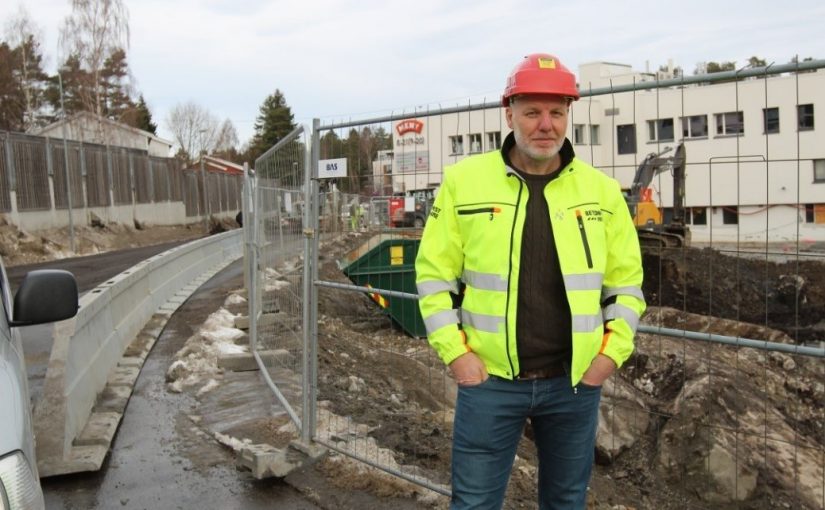Nesodden local council wishes to investigate the water situation on Nesodden to find out if there is a connection between human activity and pollution of groundwater, freshwater and fjords. The living area to many species are getting ruined by physical interferce for example: agriculture, forestry, various types of development (housing, industry, and roads) contributes the most.
We were given a task to find the answers to the following questions:
Does human settlement, development and various constructions effect the water quality and the life around you? In that case, how?
What challenges do you builders face when it comes to water and drainage at Nesodden? In that case, why?
We interviewed Alfred’s dad because he is an architect and here are his answers:
– Often when you build a house you usually build it on a natural ground. You can try to build it in a way that “protects” the nature. For example, to draw the house in a way that you can keep as many trees as possible. He also said that it’s still hard to build without effecting the biological diversity. Many houses are built with a basement which is a huge interference in nature. Even though the architect wants to keep as much nature as possible, it’s the buyer or the person that orders who decides.
Challenges:
In the last few years, they tightened the rules around the handling of rainwater. In Oslo there is a big problem, the water system is flooded. Because it isn’t enough nature to absorb the water from the rain. The last two projects he has been working on there has been claims for a raingarden on the site/plot where the water can be gathered. It is a very good measure, not just for the stormwater but for plants and insects. There are also many buildings that are built with something called “green roofs” It’s the same principle as the traditional cabin –grass, moss and/or plants on the roof. The roof then absorbs the water and one gets vegetation which will be good for insects. On larger projects its common for mapping of the biodiversity before it gets permission to build. Even though it’s not so popular in Norway, houses with hay on top is the best solution for the environment.
